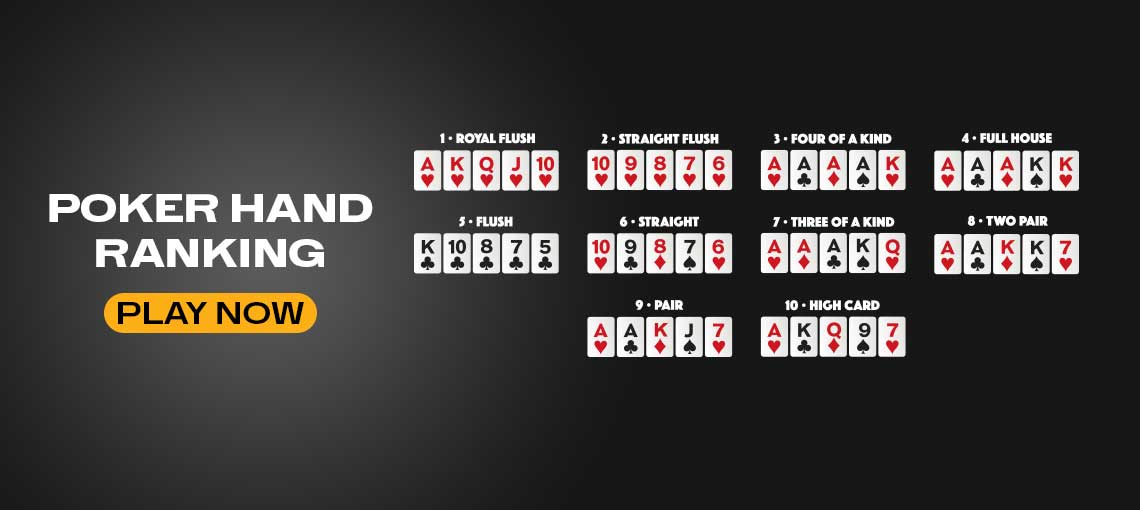Welcome to the riveting realm of poker, where success hinges on the cards you hold and the strategic sequences you weave. In the intricate dance of skill, psychology, and intuition, dominating the table requires mastering the art of poker sequences. From the opening gambit to the showdown, this exploration delves into the layers of decision-making that separate amateurs from masters.
As we unravel the threads of strategy that bind a winning sequence, discover how each move, each calculated risk, shapes the narrative of control at the poker table. This study will dig into the delicate dance of strategy, psychology, and intuition that constitutes a winning poker sequence. We’ll peel apart the layers of decision-making that distinguish the novices from the masters from the initial moves to the ultimate confrontation.
What are Poker Games?
Poker is a strategic card game in which participants use skill, luck, and psychological power to win. Poker is often played in various forms, the most popular of which are Texas Hold’em, Omaha, and Seven-Card Stud. It includes betting and bluffing to win chips or money from opponents. Players are handed a hand of cards to aim to have the best hand at a showdown or convince others to fold via clever play. The game’s dynamics incorporate chance, risk assessment, and understanding opponents’ conduct, or “tells.” Because of the variety of poker games and the intricacy of decision-making, it is a popular and intellectually exciting entertainment.
What are Poker Sequences?
Poker Sequence, player’s strategic decisions and actions during a poker hand, from the first deal to the showdown. These sequences include betting, raising, folding, and bluffing to maximize earnings or minimize losses. Successful poker sequences need an in-depth grasp of hand strength, table location, opponent habits, and the ability to adjust to changing conditions. Mastering poker sequences entails developing a consistent strategy that grows throughout the game, allowing players to control the narrative of the hand and eventually rule the table. Sequencing is critical to success in the intricate and volatile realm of poker.
The Opening Act: The early minutes at the poker table are critical, much like the first act of a play. During this phase, strategic decisions can set the tone for the game. We’ll look at the importance of the opening stage, including position, hand selection, and the value of understanding your opponents. The idea here is to gain control without exposing too much, establishing the basis for a dominant performance.
Mid-Game Mastery: Players must adjust to changing dynamics as the game proceeds. This part will concentrate on the mid-game periods, where flexibility and adaptation are crucial. We’ll review the importance of shifting gears, strategically bluffing, and exploiting opponents’ weaknesses. Understanding the game’s rhythm and adapting your sequences appropriately might mean the difference between victory and failure.
The Art of Sequencing Tells: Poker games is about more than just the cards; it’s about the people who sit around the table. Unraveling your opponents’ behavior sequences, sometimes known as “tells,” can give you a significant edge. We’ll look at the psychology of poker sequences and frequent tells and how to exploit them. Reading your opponents adds another degree of intricacy to your lines, making you a powerful force at the table.
Endgame Strategies: The excitement grows as the final rounds near. Endgame strategies are crucial for successful poker players who understand when to be aggressive, when to tighten up, and how to optimize their chip advantage. This part will go into the finer points of endgame sequences, such as push-and-pull strategies, calculated risks, and the value of patience. A poker virtuoso’s ability to handle the final stages elegantly is a distinguishing feature.
Conclusion:
Mastering sequences is the key to controlling the table in the complicated poker tapestry. A competent player creates a story of control, adaptation, and psychological understanding, from the opening moves that set the stage to the endgame plans that pull the curtain down. Understanding the delicate dance of poker sequences allows players to take their game to new heights, guaranteeing that they, not the cards, determine the outcome of each hand.
